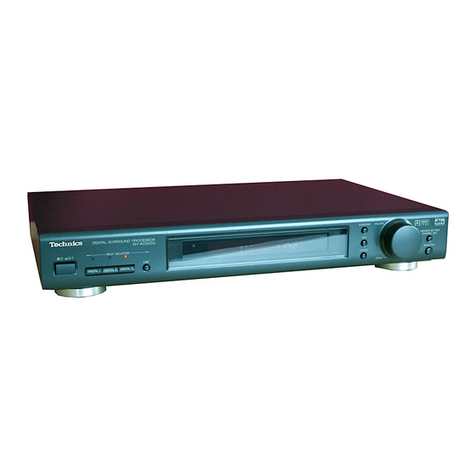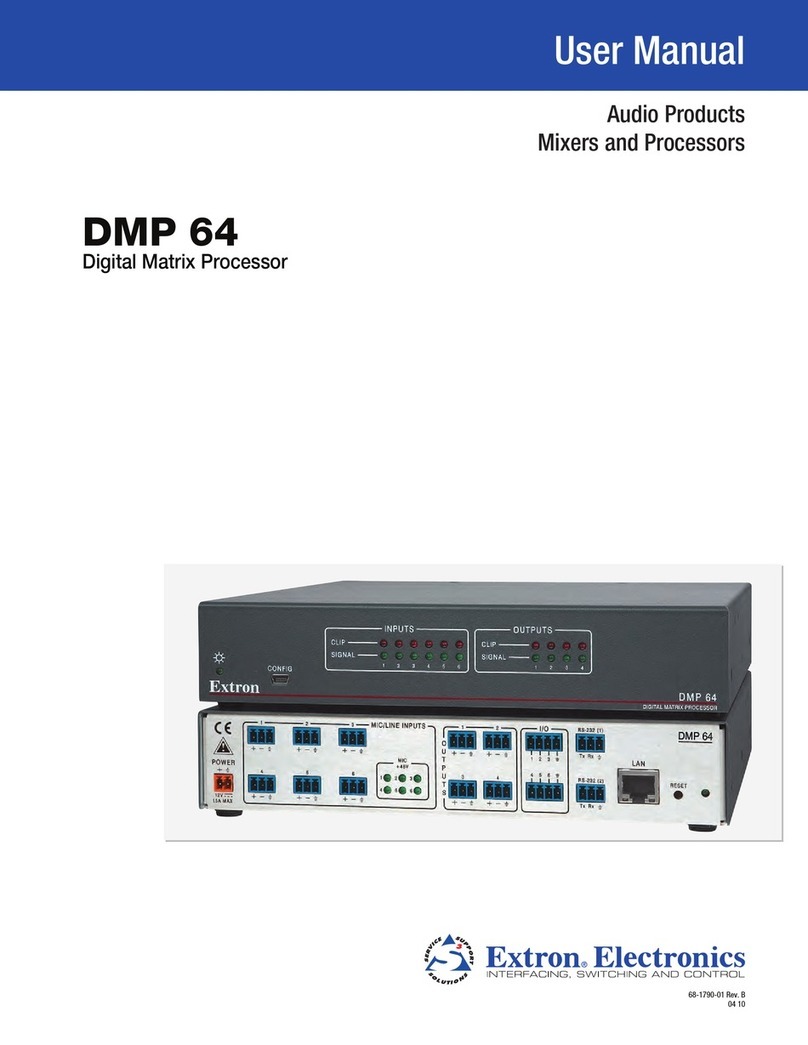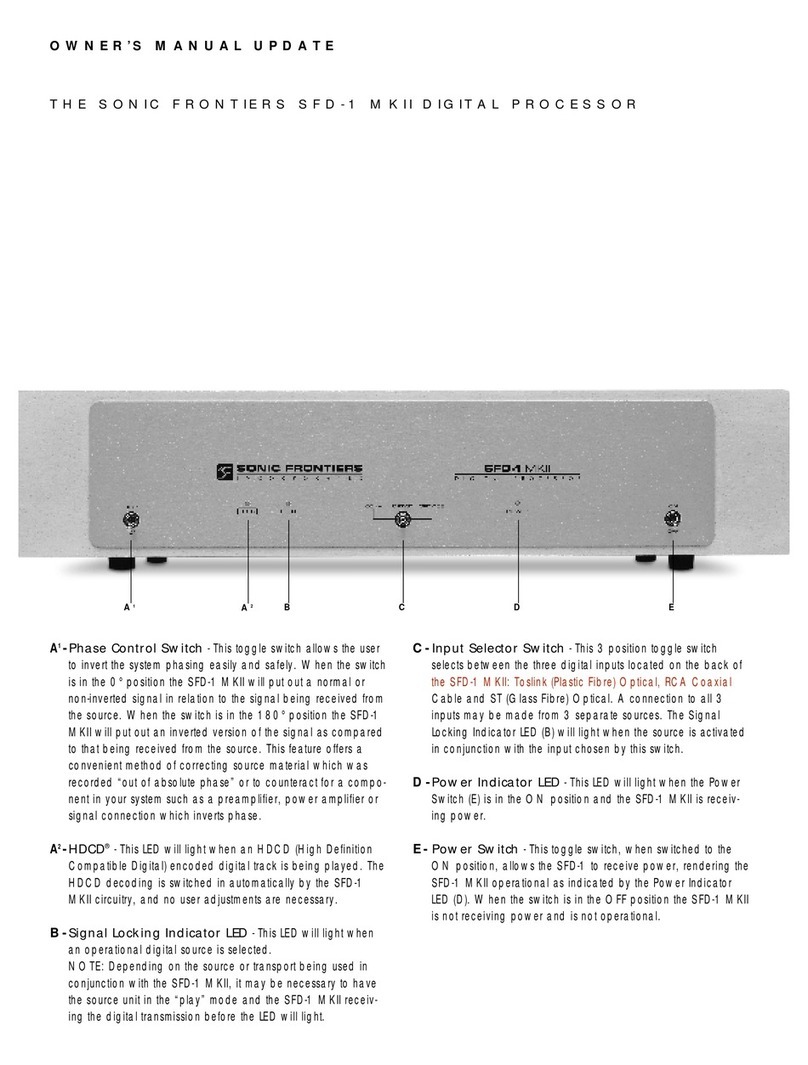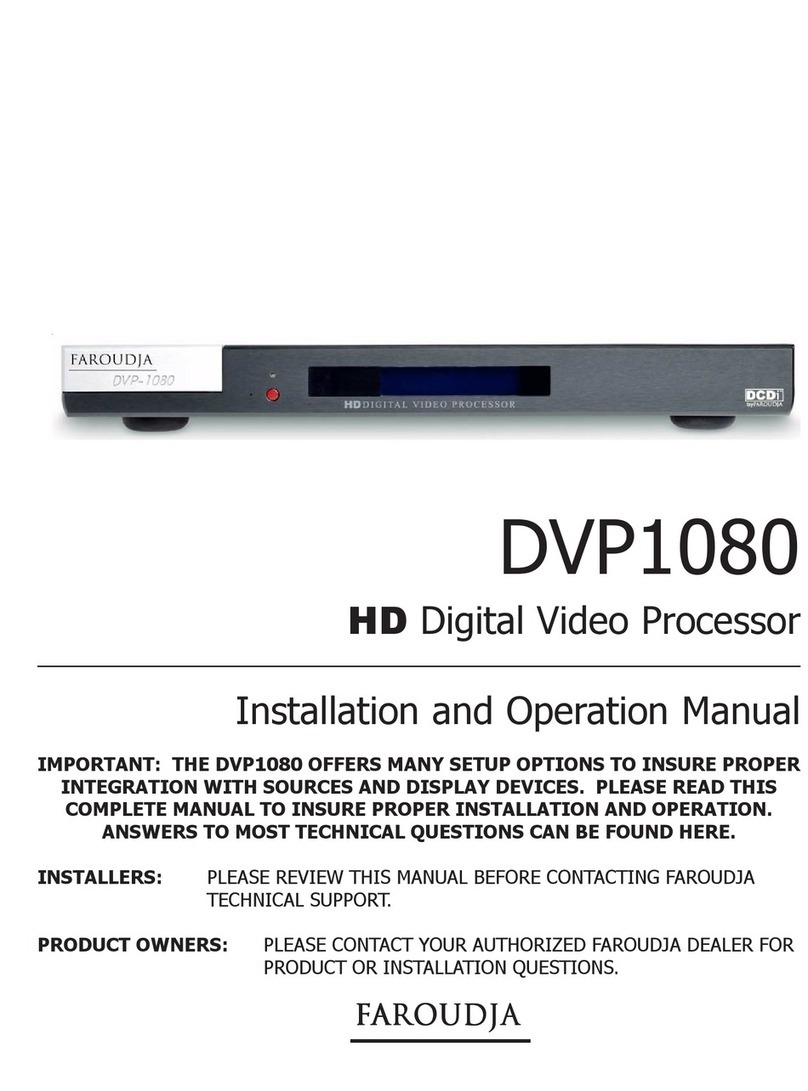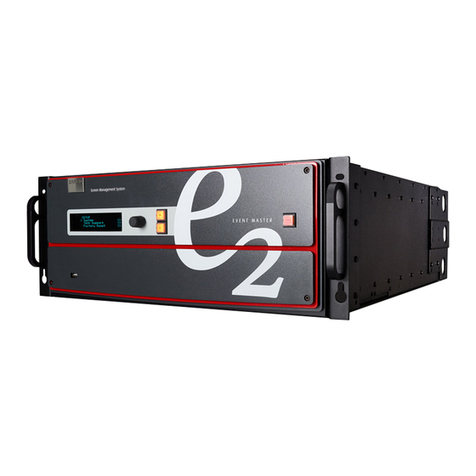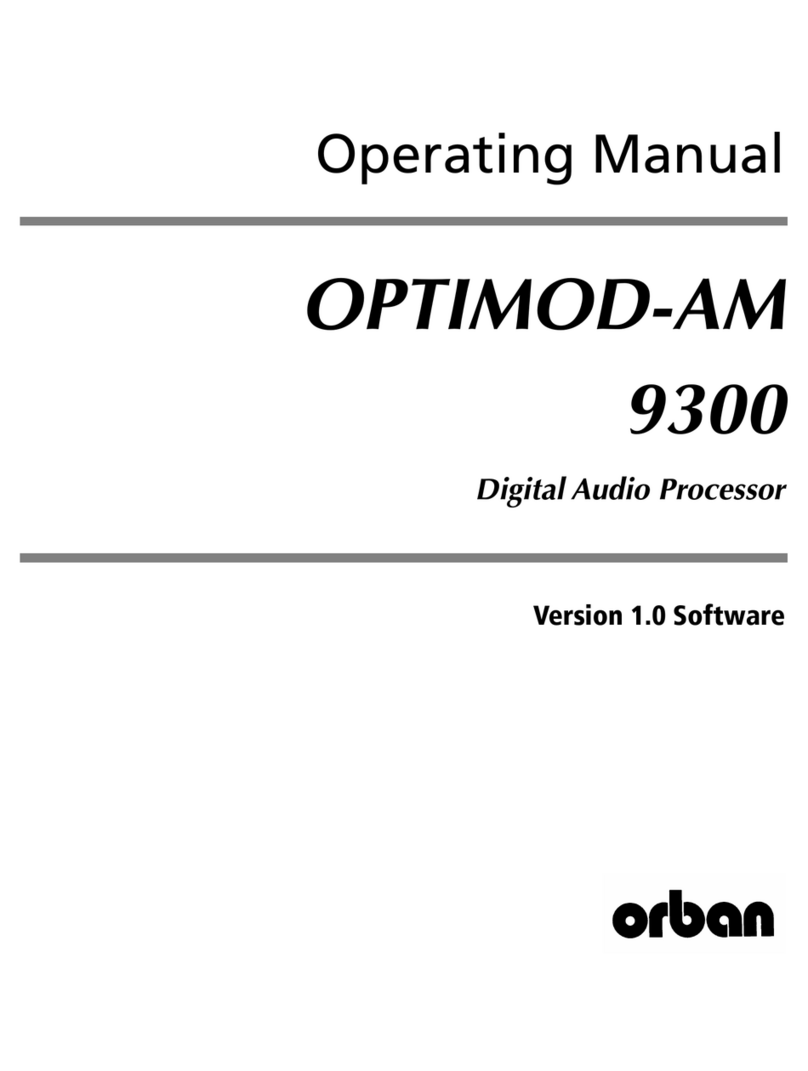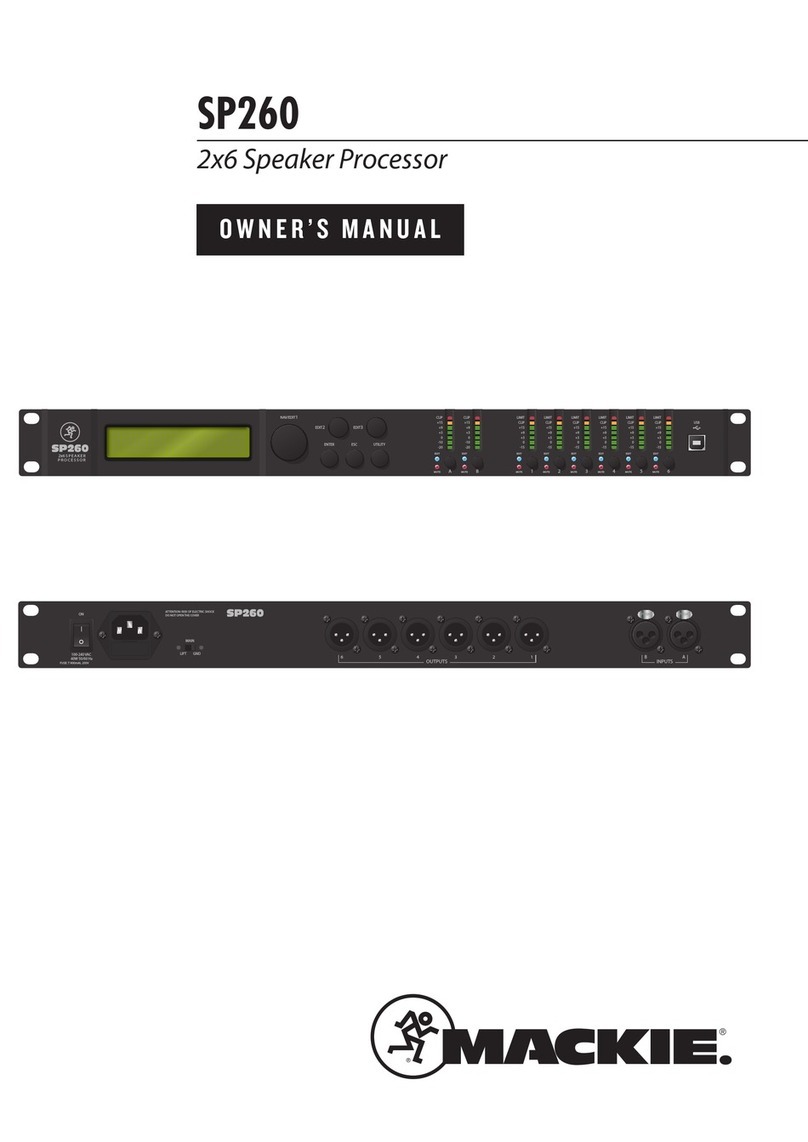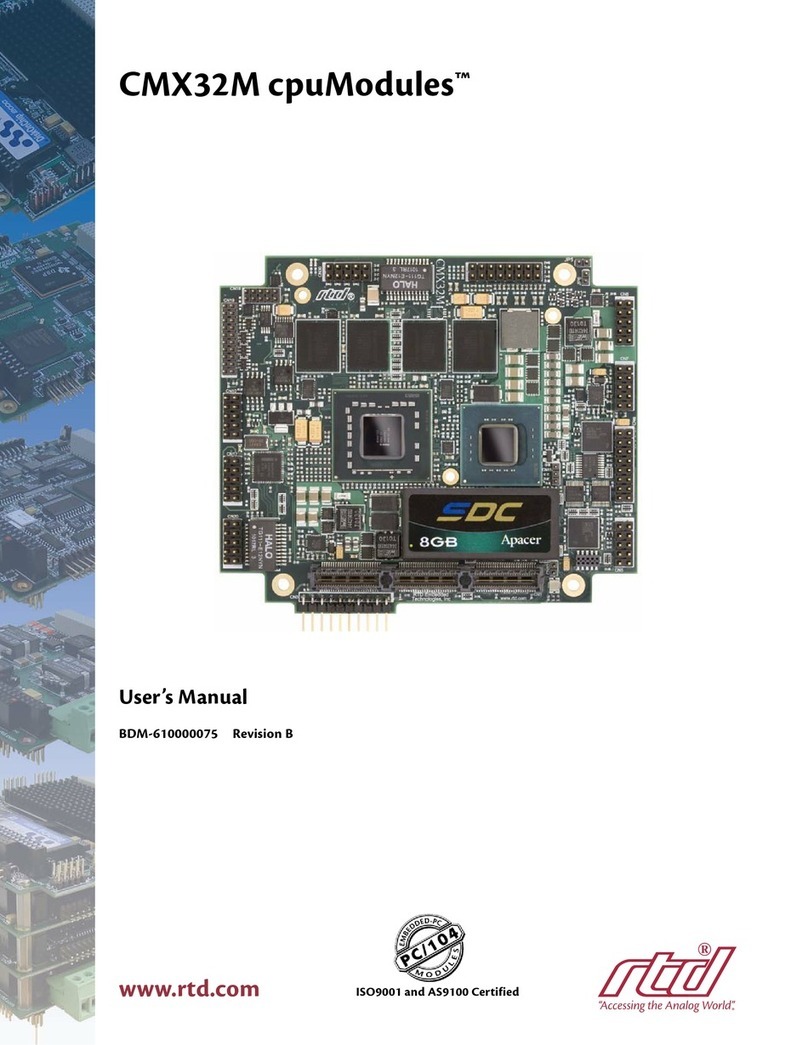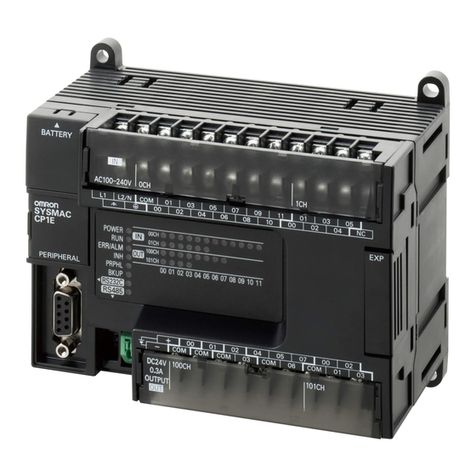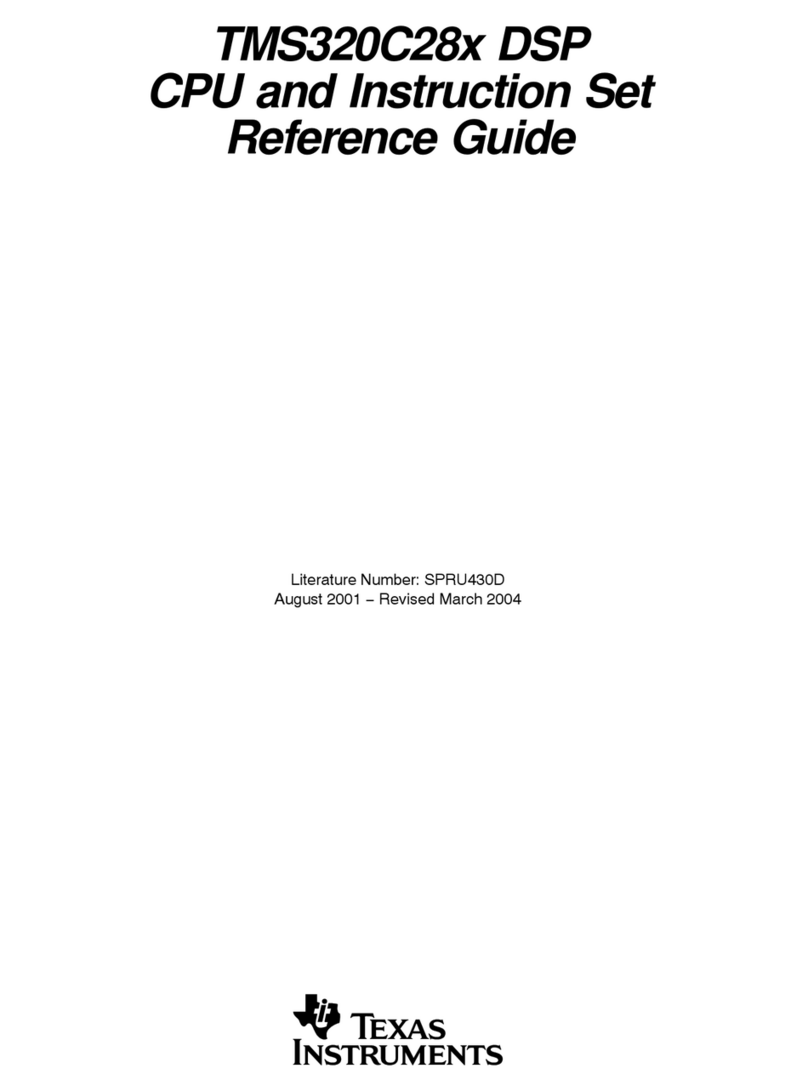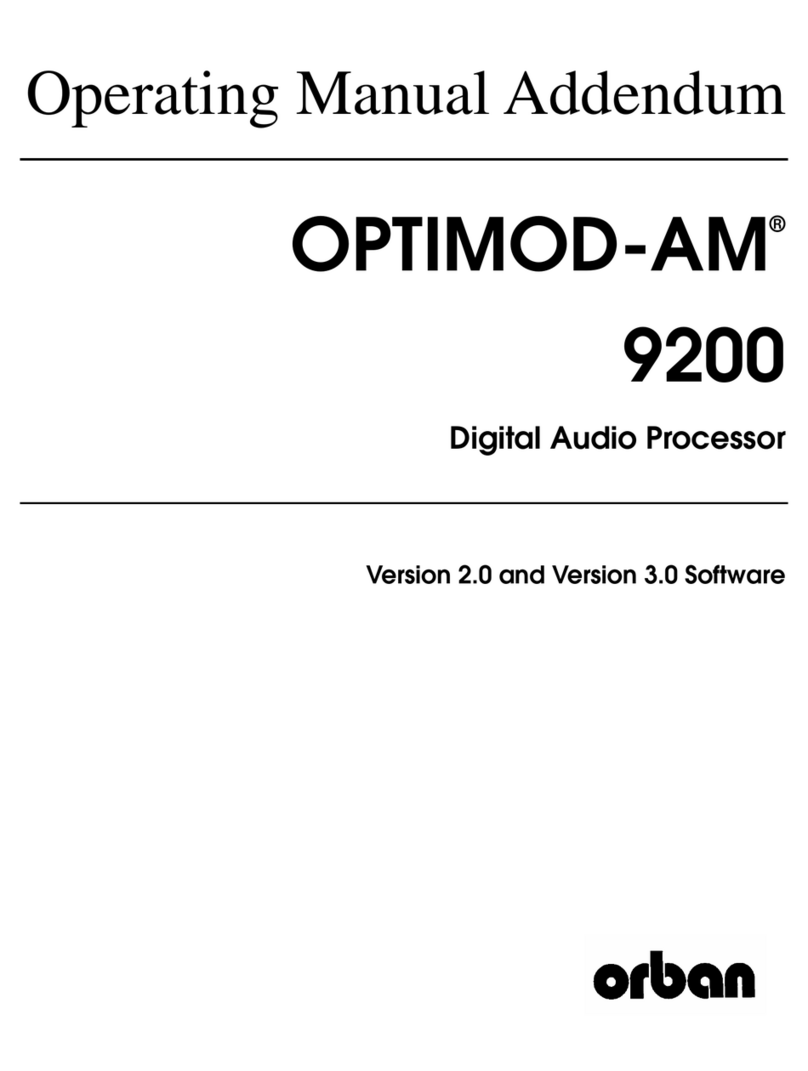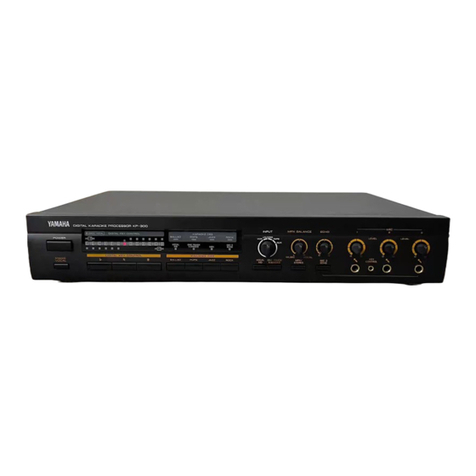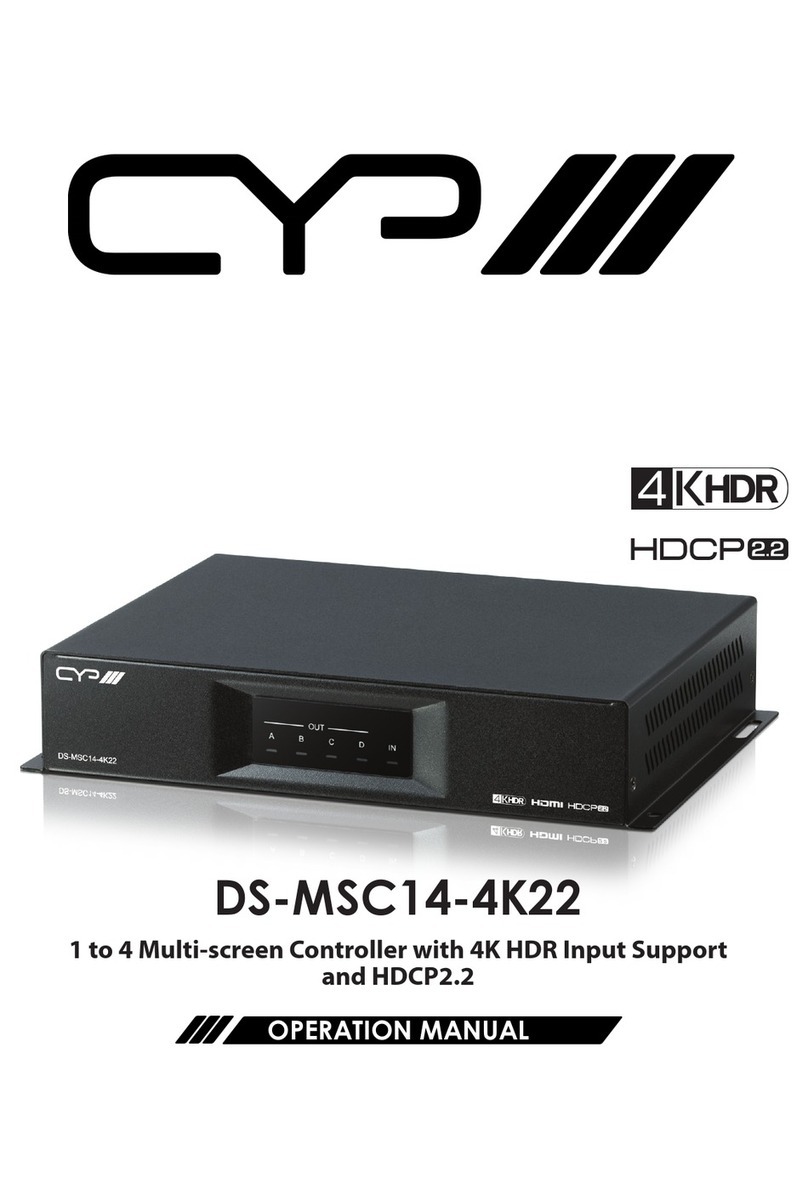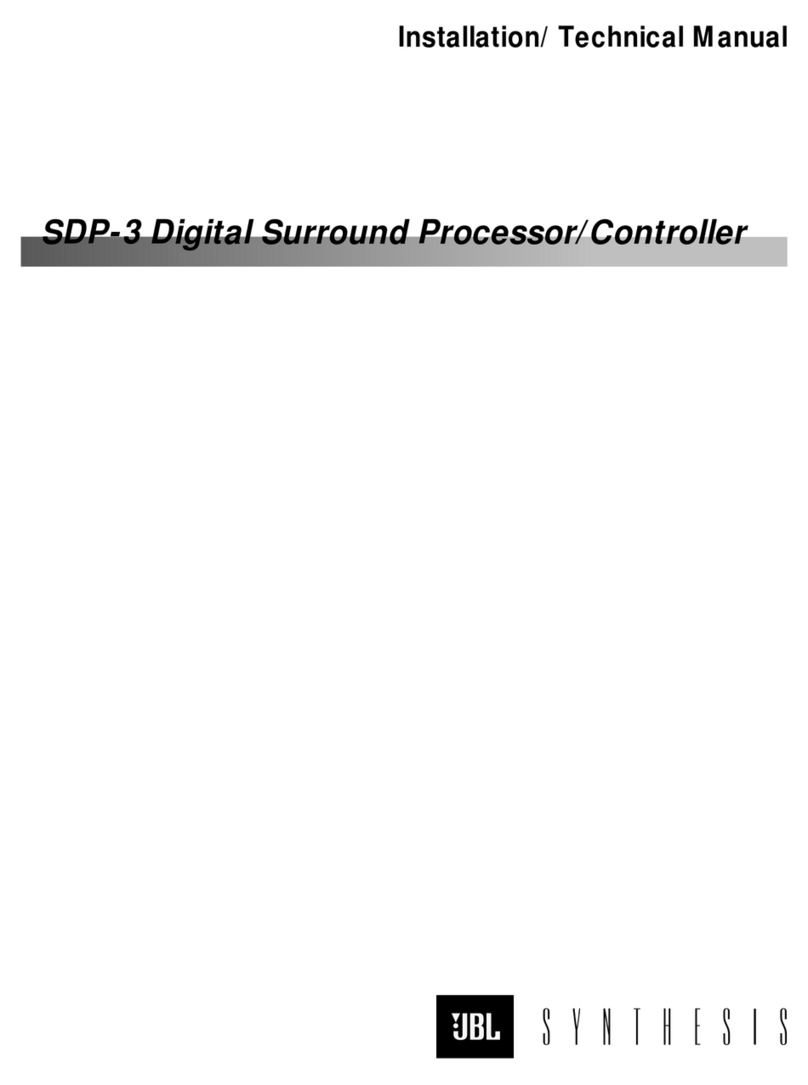Acrosser Technology AR-B9673 User manual

AR-B9673 User’s Guide
1
AR-B9673
INDUSTRIAL GRADE
CPU BOARD
User’ s Guide
Edition: 1.1
Book Number: AR-B9673-07.0821

AR-B9673 User’s Guide
2
Table of Contents
0.PREFACE……………………………………………………………………………………….3
0.1 COPYRIGHT NOTICE AND DISCLAIMER.....................................................................................................................................3
0.2 WELCOME TO THE AR-B9673 CPU BOARD................................................................................................................................3
0.3 BEFORE YOU USE THIS GUIDE...................................................................................................................................................3
0.4 RETURNING YOUR BOARD FOR SERVICE.................................................................................................................................3
0.5 TECHNICAL SUPPORT AND USER COMMENTS........................................................................................................................3
0.6 STATIC ELECTRICITY PRECAUTIONS ........................................................................................................................................4
1. INTRODUCTION…………………………………………………………………………….…5
1.1 SPECIFICATIONS...........................................................................................................................................................................5
1.2 PACKING LIST................................................................................................................................................................................5
2. INSTALLATION………………………………………………………………………………..6
2.1 AR-B9673'S LAYOUT .....................................................................................................................................................................6
2.2 POWER ON CONNECTOR FOR ATX POWER SUPPLY (ATX1)...............................................................................................7
2.3 CLEAN CMOS (JP4).......................................................................................................................................................................7
3. CONNECTION………………………………………………………………………………….8
3.1 ULTRA ATA33/66/100 IDE DISK DRIVE CONNECTOR (IDE1).....................................................................................................8
3.2 PARALLEL PORT CONNECTOR (PRINT1)...................................................................................................................................9
3.3 SERIAL PORTS (COM1, COM2)....................................................................................................................................................9
3.4 COM1 RS-232/RS-485 SELECT (XP1, XP2)................................................................................................................................10
3.5 KEYBOARD / MOUSE CONNECTOR (PS1, PS2).......................................................................................................................10
3.6 USB PORT CONNECTOR (USB1)...............................................................................................................................................11
3.7 IRDA INFRARED INTERFACE PORT (IR1).................................................................................................................................11
3.8 FAN CONNECTOR (FAN1)...........................................................................................................................................................11
3.9 VGA CRT CONNECTOR (VGA1) .................................................................................................................................................11
3.10 FLOPPY DRIVE CONNECTOR (FDD1)...................................................................................................................................12
3.11 SRAM. MEMORY BANK ADDRESS SELECT (XP3) .................................................................................................................12
3.12 GENERAL PURPOSE I/O (GPIO1).............................................................................................................................................13
3.12.1 GPIO Address Select (JP3)......................................................................................................................................................13
3.13 POWER CONNECTOR (PWR1, PWR2).....................................................................................................................................13
3.14 INTERNAL & EXTERNAL BUZZER (ESPK1).............................................................................................................................14
3.15 RESET SWITCH (RST1).............................................................................................................................................................14
3.16 LED INDICATOR (LED2) ............................................................................................................................................................14
3.17 LAN CONNECTOR (LAN1,LAN2)...............................................................................................................................................14
3.18 PC104 CONNECTOR (PC-104)..................................................................................................................................................15
3.19 COMPACT FLASH CONNECTOR (CF2,J5)...............................................................................................................................15
4. WATCHDOG TIMER…………………………………………………………………………15
4.1 WATCHDOG TIMER SETTING ....................................................................................................................................................16
4.2 WATCHDOG TIMER TRIGGER....................................................................................................................................................16
5. BIOS CONSOLE……………………………………………………………………………..16
5.1 BIOS SETUP NOTICE ..................................................................................................................................................................16
5.2 MAIN CMOS SETUP.....................................................................................................................................................................17
5.3 ADVANCED CMOS SETUP..........................................................................................................................................................18
5.4 PERIPHERALS CMOS SETUP.....................................................................................................................................................19
5.5 PNP/PCI CMOS SETUP ...............................................................................................................................................................20
5.6 PC HEALTH CMOS SETUP..........................................................................................................................................................21
5.7 BOOT CMOS SETUP....................................................................................................................................................................22
5.8 EXIT CMOS SETUP......................................................................................................................................................................23
5.9 BIOS UPDATE ..............................................................................................................................................................................23

AR-B9673 User’s Guide
3
0. PREFACE
0.1 COPYRIGHT NOTICE AND DISCLAIMER
This document is copyrighted, 2007, by Acrosser Technology Co., Ltd. All rights are reserved. No part of this
manual may be reproduced, copied, transcribed, stored in a retrieval system, or translated into any language or
computer language in any form or by any means, such as electronic, mechanical, magnetic, optical, chemical,
manual or other means without the prior written permission or original manufacturer. Acrosser Technology assumes
no responsibility or warranty with respect to the content in this manual and specifically disclaims any implied
warranty of merchantability or fitness for any particular purpose. Furthermore, Acrosser Technology reserves the
right to make improvements to the products described in this manual at any times without notice. Such revisions will
be posted on the Internet (WWW.ACROSSER.COM) as soon as possible.
Possession, use, or copy of the software described in this publication is authorized only pursuant to valid written
license from Acrosser or an authorized sub licensor.
ACKNOWLEDGEMENTS
Acrosser, AMI, IBM PC/AT, Windows, MS-DOS…are registered trademarks.
All other trademarks and registered trademarks are the property of their respective owners.
0.2 WELCOME TO THE AR-B9673 CPU BOARD
This guide introduces the Acrosser AR-B9673 CPU Board.
Use information provided in this manual describes this card’s functions and features. It also helps you start, set up
and operate your AR-B9673. General system information can also be found in this publication.
0.3 BEFORE YOU USE THIS GUIDE
Please refer to the Chapter 1, “Introduction” in this guide, if you have not already installed this AR-B9673. Check the
packing list before you install and make sure the accessories are completely included.
AR-B9673 CD provides the newest information regarding the CPU card. Please refer to the files of the
enclosed utility CD. It contains the modification and hardware & software information, and adding the description
or modification of product function after manual printed.
0.4 RETURNING YOUR BOARD FOR SERVICE
If your board requires any services, contact the distributor or sales representative from whom you purchased the
product for service information. If you need to ship your board to us for service, be sure it is packed in a protective
carton. We recommend that you keep the original shipping container for this purpose.
You can help assure efficient servicing for your product by following these guidelines:
1. Include your name, address, daytime telephone, facsimile number and E-mail.
2. A description of the system configuration and/or software at the time of malfunction.
3. A brief description of the problem occurred.
0.5 TECHNICAL SUPPORT AND USER COMMENTS
Users comments are always welcome as they assist us in improving the quality of our products and the readability
of our publications. They create a very important part of the input used for product enhancement and revision.
We may use and distribute any of the information you provide in any way appropriate without incurring any
obligation.
You may, of course, continue to use the information you provide.
If you have any suggestions for improving particular sections or if you find any errors on it, please send your
comments to Acrosser Technology Co., Ltd. or your local sales representative and indicate the manual title and
book number.

AR-B9673 User’s Guide
4
0.6 STATIC ELECTRICITY PRECAUTIONS
Before removing the board from its anti-static bag, read this section about static electricity precautions. Static
electricity is a constant danger to computer systems. The charge that can build up in your body may be more than
sufficient to damage integrated circuits on any PC board. It is, therefore, important to observe basic precautions
whenever you use or handle computer components. Although areas with humid climates are much less prone to
static build-up, it is always best to safeguard against accidents that may result in expensive repairs. The following
measures should be sufficient to protect your equipment from static discharge:
Touch a grounded metal object to discharge the static electricity in your body (or ideally, wear a grounded wrist
strap).
When unpacking and handling the board or other system components, place all materials on an anti-static surface.
Be careful not to touch the components on the board, especially the “golden finger” connectors on the bottom of the
board.

AR-B9673 User’s Guide
5
1. INTRODUCTION
Welcome to the AR-B9673 ISA Single Board Computer. The AR-B9673 board is PIC form factor board, which
comes equipped with high performance VIA ® Eden or C3 Processor with the VIA ® advanced chipset Apollo
PLE133T (VT8601T and VT82C686B). This product is designed for the system manufacturers, integrators, or VARs
that want to provide all the performance, reliability, and quality at a reasonable price.
In addition, the AR-B9673 provides on chip VGA. The VGA, which provides up to True Color (32 bit) 1024x768, or
High Color (16 bit) 1280x1024 resolution. The VGA memory shared with main memory.
AR-B9673 have one network controller on board, uses Realtek RTL8100B LAN controller, a fully integrated
10/100BASE-TX solution with high performance networking functions and Alert-on-LAN features.
1.1 SPECIFICATIONS
CPU: VIA ® Eden 600MHz EBGA.
DMA channels: 7.
Interrupt levels: 15.
Chipset: VIA ®Apollo PLE133T (VT8601T Integrated 2D / 3D graphics accelerator and VT82C686B).
Memory: SDRAM 128M on-board.
VGA Controller: Embedded VGA controller, Screen Resolution: up to True Color (32 bit) 1024x768, or High
Color (16 bit) 1280x1024.
Display Interface: CRT – D-SUB 15-pin female connector.
Ultra ATA/33/66/100 IDE Interface: Two PCI Enhance IDE channel. The south bridge VT82C686B supports
Ultra ATA/33/66/100 IDE interface. To support Ultra ATA66/100 Hard disk, a specified cable must be
available.
Compact Flash Interface: Supports Compact Flash Type II B Interface.
Floppy disk drive interface: 2.88 MB, 1.44MB, 1.2MB, 720KB, or 360KB floppy disk drive.
Series ports: Two high-speed 16550 compatible UARTs ports.
COM1:On-boardD-SUB9-pinmaleexternalport.OnlyRS-232C.
COM2: On-board D-SUB 9-pin male external port. Shared with RS-485.
Parallel Port: one IEEE1284 compatible Bi-directional ports.
IrDA port: Supports IrDA (HPSIR) and ASK (Amplitude Shift Keyed) IR port multiplexed on COM2.
USB port: Support two USB 1.1 compatible ports.
Watchdog timer: Software programmable 1~63sec.
Keyboard Connector & PS/2 Mouse: Port on-board.
Power Consumption: +5V@4A (Typical), +12V@1A(Typical).
Operating Temperature: 0°~ 60℃.
1.2 PACKING LIST
In addition to this User's Manual, the AR-B9673 package includes the following items:
1 AR-B9673 CPU board
1 Floppy disk drive adapter cable
1 Parallel port and serial port adapter cable mounted on one bracket
2 USB ports cable

AR-B9673 User’s Guide
6
2. INSTALLATION
This chapter describes how to install the AR-B9673. At first, the layout of AR-B9673 is shown, and the unpacking
information that you should be careful is described. The following lists the jumpers and switches setting for the
AR-B9673’s configuration.
2.1 AR-B9673'S LAYOUT

AR-B9673 User’s Guide
7
3 2 1
2.2 POWER ON CONNECTOR FOR ATX POWER SUPPLY (ATX1)
•ATX POWER BUTTON (BTON1)
1 2
2.3 CLEAR CMOS (JP4)
If want to clear the CMOS Setup (for example when you forgot the password, please clear the setup and then set
the password again.), you should close the pin 2-3 about 3 seconds, then open again, set back to normal operation
mode, close the pin 1-2.
1
3
PIN Signal
1 PSON
2 VCC
3 5VSB
Pin Signal
1 -PWBN
2 GND
JP4 FUNCTION
1-2 ON Normal Operation
(Factory Preset)
2-3 ON Clear CMOS
* When AT power supplier is applied, jumpe
r
2&3 should be tied together. (Factor
y
preset)
* When ATX power supplier is applied,
pin1&pin 3 should be connect to prope
r
location of ATX power supplier.

AR-B9673 User’s Guide
8
3. CONNECTION
This chapter describes how to connect peripherals, switches and indicators to the AR-B9673 board.
3.1 ULTRA ATA33/66/100 IDE DISK DRIVE CONNECTOR (IDE1)
•IDE1: Primary IDE Connector
A 40-pin header type connector (IDE1) is provided to interface with up to two embedded hard disk drives (IDE AT
bus). This interface, through a 40-pin cable, allows the user to connect up to two drives in a “daisy chain” fashion.
To enable or disable the hard disk controller, please use the BIOS Setup program, which is explained further in
chapter 5. The following table illustrates the pin assignments of the hard disk drive’s 40-pin connector.
1 39
2 40
Pin Signal Pin Signal
1 -RESET 2 GROUND
3 DATA 7 4 DATA 8
5 DATA 6 6 DATA 9
7 DATA 5 8 DATA 10
9 DATA 4 10 DATA 11
11 DATA 3 12 DATA 12
13 DATA 2 14 DATA 13
15 DATA 1 16 DATA 14
17 DATA 0 18 DATA 15
19 GROUND 20 N.C
21 PDDREQ 22 GROUND
23 -PDIOW 24 GROUND
25 -PDIOR 26 GROUND
27 PIORDY 28 GROUND
29 -PDDACK 30 GROUND
31 IRQ14 32 N.C
33 PDA1 34 PD66/100
35 PDA0 36 PDA2
37 -PDCS1 38 -PDCS3
39 HLEDP 40 GROUND

AR-B9673 User’s Guide
9
3.2 PARALLEL PORT CONNECTOR (PRINT1)
This port is usually connected to a printer. The AR-B9673 includes an on-board parallel port, and accessed
through a 26-pin flat-cable connector. Three modes –SPP, EPP and ECP – are supported.
1 25
2 26
Pin Signal Pin Signal
1 -STB 2 -AFD
3 PD0 4 -ERROR
5 PD1 6 -INIT
7 PD2 8 -SLIN
9 PD3 10 GND
11 PD4 12 GND
13 PD5 14 GND
15 PD6 16 GND
17 PD7 18 GND
19 -ACK 20 GND
21 BUSY 22 GND
23 PE 24 GND
25 SLCT 26 N.C
3.3 SERIAL PORTS (COM1, COM2)
•COM1 D-SUB 9-PIN
•COM2 D-SUB 9-PIN
PIN Signal PIN Signal
1 /DCD1 2 RXD1
3 TXD1 4 /DTR1
5 GND 6 /DSR1
7 /RTS1 8 /CTS1
9 /RI1 10 GND
PIN Signal PIN Signal
1 /DCD2 2 RXD2
3 TXD2 4 /DTR2
5 GND 6 /DSR2
7 /RTS2 8 /CTS2
9 /RI2 10 GND
1 5
6 9
1 5
6 9

AR-B9673 User’s Guide
10
3.4 COM2 RS-232/RS-485 SELECT (J6, J7)
3.5 KEYBOARD / MOUSE CONNECTOR (PS1, PS2)
The AR-B9673 provides 6-PIN JST Header and 6-PIN MINI-DIN keyboard/mouse connector.
•PS1: 6-pin Mini-DIN Keyboard/Mouse Connector
12
34
56
Front View
•PS2: JST6-pin Keyboard/Mouse Connector
1
6
PS2
JUMPER FUNCTION
RS-232
FACTORY PRESET
RS-485
PIN Signal
1 KBDATA
2 MSDATA
3 GND
4 VCC
5 MSCLK
6 KBCLK
PIN Signal
1 MSDATA
2 KBDATA
3 GND
4 VCC
5 MSCLK
6 KBCLK

AR-B9673 User’s Guide
11
3.6 USB PORT CONNECTOR (USB1)
The AR-B9673 provides Two USB port.
10 9
2 1
3.7 IRDA INFRARED INTERFACE PORT (IR1)
The AR-B9673 built-in IrDAport which support Serial Infrared (SIR) or Amplitude Shift Keyed IR (ASKIR) interface.
When use the IrDA port have to set SIR orASKIR model in the BIOS’s Peripheral Setup’s COM 1. Then the normal
RS-232 COM 1 will be disabled.
1
5
3.8 FAN CONNECTOR (FAN1)
The AR-B9673 provides CPU cooling Fan connector. CPU connectors can supply 12V/500mA to the cooling fan.
3 2 1
3.9 VGA CRT CONNECTOR (VGA1)
AR-B9673 built-in 15-pin VGA connector directly to your CRT monitor.
PIN Signal PIN Signal
1 VCC 2 VCC
3 USBD0- 4 USBD1-
5 USBD0+ 6 USBD1+
7 GND 8 GND
9 GND 10 GND
PIN Signal
1 VCC
2 NC
3 IRRX
4 GND
5 IRTX
PIN Signal
1 GND
2 +12V
3 SENSE
PIN Signal PIN Signal PIN Signal
1 RED 6 GND 11 N.C
2 GREEN 7 GND 12 SDA
3 BLUE 8 GND 13 HSYNC
4 N.C 9 VCC 14 VSYNC
5 GND 10 GND 15 SCL

AR-B9673 User’s Guide
12
3.10 FLOPPY DRIVE CONNECTOR (FDD1)
The AR-B9673 provides a 34-pin header type connector for supporting up to two floppy disk drives.
To enable or disable the floppy disk controller, please use the BIOS Setup program.
33
34
1
2
3.11 SRAM. MEMORY BANK ADDRESS SELECT (XP3)
This section provides the information about how to use the SRAM. It divided into two parts: hardware setting and
software configuration.
Step 1: Use XP3 to select the correct SRAM memory address.
Step 2: Insert programmed SRAM into IC U18 setting as SRAM.
The hardware divides every 16KB of memory into a memory bank. User to assign a bank number,
Memory bank start from 00, last memory bank number depends on the size to the SRAM chip.
If on board the 512KB SRAM chip, the memory bank in the range of 00 to 31. The SRAM I/O Port = 78H.
Example: Select the 10th bank of the U18. Using 512K*8, the I/O port =78H
Answer 1:(in assembly language)
MOV DX, 78H ; AR-B9673’s I/O port=78h
MOV AL, 10 ; Selection the 10th bank
OUT DX, AL ;
Answer 2: (in Basic language)
OUT &H78,&10 : AR-B9673’s I/O port=78h
Answer 3:(in Turbo C language)
Outportb(0x78,10)
PIN Signal PIN Signal
1-33(odd) GROUND 18 DIRECTION
2 DRVEN 0 20 -STEP OUTPUT PULSE
4 NOT USED 22 -WRITE DATA
6 DRVEN 1 24 -WRITE GATE
8 -INDEX 26 -TRACK 0
10 -MOTOR ENABLE 0 28 -WRITE PROTECT
12 -DRIVE SELECT 1 30 -READ DATA
14 -DRIVE SELECT 0 32 -SIDE 1 SELECT
16 -MOTOR ENABLE 1 34 DISK CHANGE
XP3 ADDRESS
1-2 CE00
(Factory Preset)
2-3 D800

AR-B9673 User’s Guide
13
3.12 GENERAL PURPOSE I/O (GPIO1)
7
1
8 2
3.12.1 GPIO Address Select (JP3)
JP3
Users could test GPIO function under ‘Debug’ program as follow:
C:>debug
O 215 01H
Generally, the GPIO2 Pin2 will be High Level, others output pin
are Low Level.
I 215
FC
Generally, suppose that GPIO1’s Pin1 and Pin3 are High Level
then will show “FC”
3.13 POWER CONNECTOR (PWR1, PWR2)
1 4
(PWR1)
The PWR1 is a 4-pin power connector. It’s the standard connectors on all Acrosser boards.
1 2
(PWR2)
Pin Signal Pin Signal
1 GPI0 2 GPO0
3 GPI1 4 GPO1
5 GPI2 6 GPO2
7 GPI3 8 GPO3
JP3 ADDRESS
ON 215H (Factory Preset)
OFF 77H
PIN Signal
1 +12V
2 GND
3 GND
4 VCC (+5V)
PIN Signal
1 -12V
2 -5V

AR-B9673 User’s Guide
14
3.14 INTERNAL & EXTERNAL BUZZER (ESPK1)
1
4
3.15 RESET SWITCH (RST1)
Shorting these two pins will reset the system.
2 1
3.16 LED INDICATOR (LED2)
3.17 LAN CONNECTOR (LAN1,LAN2)
8
1
PIN Signal
1 VCC
2 SBEEP
3 INTERNAL
BUZZER
4 SBEEP
PIN Signal
1 RST
2 GND
LED INDICATION
1 GREEN HDD Active
2 RED Watch Active
PIN LAN1 LAN2
1 TX+ TX+
2 TX- TX-
3 RX+ RX+
4 Not Used RX-
5 RX- Not Used
6 Not Used Not Used
7 Not Used Not Used
8 Not Used Not Used
9 Not Used Not Used
10 Not Used Not Used
PIN 1,2: Connect to External BUZZER
3-4 ON (Factory Preset)
UseInternalBUZZER
LAN1 LAN2

AR-B9673 User’s Guide
15
3.18 PC104 CONNECTOR (PC-104)
•64Pin PC104 Connector A&B
63
64
1
2
•40Pin PC104 Connector C&D
39
40
1
2
3.19 COMPACT FLASH CONNECTOR (CF2,J5)
4. WATCHDOG TIMER
This section describes the use of Watchdog Timer, including enable, and trigger. AR-B9673 is equipped with a
programmable time-out period watchdog timer that occupies I/O port 3F0/3F1. Users can use simple program to
enable the watchdog timer. Once you enable the watchdog timer, the program should trigger it every time before it
times out. Watchdog Timer will generate a response (system or IRQ15) due to system fails to trigger watchdog timer
before preset timer, times out.
System reset and IRQ15 reset signal command as follows:
- o 3F0 72 ; Used system reset signal
- o 3F1 00
- o 3F0 72 ; Used IRQ15 signal
- o 3F1 0F
- o 3F0 F2 ; Set timer for xx second (xx=0 ~ 255)
- o 3F1 xx

AR-B9673 User’s Guide
16
4.1 WATCHDOG FOR IRQ15 SIGNAL SETTING
If you program the watchdog to generate IRQ15 signal when it times out, please refer to I/O port and time factor
table as follows:
I/O port: 76H
For example: out 76h, 31h
4.2 WATCHDOG TIMER TRIGGER
After you enable the watchdog timer, your program must write the same factor as triggering to the watchdog timer at
least once during every time-out period. You can change the time-out period by writing another timer factor to the
watchdog register at any time, and you must trigger the watchdog during every new time-out period in next trigger.
5. BIOS CONSOLE
This chapter describes the AR-B9673 BIOS menu displays and explains how to perform common tasks needed to
get up and running, and presents detailed explanations of the elements found in each of the BIOS menus. The
following topics are covered:
Main
Advanced
Peripherals
PnP/PCI
PC Health
Boot
Exit
5.1 BIOS SETUP NOTICE
The BIOS is a program used to initialize and set up the I/O system of the computer, which includes the ISA bus
and connected devices such as the video display, diskette drive, and the keyboard. The BIOS provides a
menu-based interface to the console subsystem. The console subsystem contains special software, called
firmware that interacts directly with the hardware components and facilitates interaction between the system
hardware and the operating system.
The BIOS default values ensure that the system will function at its normal capability. In the worst situation the user
may have corrupted the original settings set by the manufacturer.
After the computer is turned on, the BIOS will perform diagnostics on the system and display the size of the
memory that is being tested. Press the [Del] key to enter the BIOS Setup program, and then the main menu will
show on the screen.
The BIOS Setup main menu includes some options. Use the [Up/Down] arrow key to highlight the option that you
wish to modify, and then press the [Enter] key to select the option and configure the functions.
IRQ 15
Time Factor Time-Out Period
(Sec)
30h 3
31h 9
32h 15
33h 22
34h 28
35h 34
36h 40
37h 46

AR-B9673 User’s Guide
17
CAUTION:
1. AR-B9673 BIOS the factory-default setting is used to the <Optimized Defaults> Acrosser recommends using
the BIOS default setting, unless you are very familiar with the setting function, or you can contact the technical
support engineer.
2. If the BIOS settings are lost, the system will detect the <COMS checksum error> and boot the operation system,
that situation will reduce the performance of the system. Acrosser recommends you to reset the <Optimized
Defaults>. This option gives best-case values that should optimize system performance.
3. The BIOS settings are described in detail in this section.
5.2 MAIN CMOS SETUP
The <Main CMOS Setup> option allows you to record some basic system hardware configuration and set the
system clock and error handling. If the CPU board is already installed in a working system, you will not need to
select this option anymore.
Main CMOS Setup
Date
The date format is:
Day: Sun to Sat
Month: JAN to DEC
Date: 1 to 31
Year: 1999 to 2099
To set the date, highlight the Date field and use the PageUp / PageDown or +/- keys to set the current time.
Time
The time format is: Hour: 00 to 23
Minute: 00 to 59
Second: 00 to 59
To set the time, highlight the Time field and use the PageUp / PageDown or +/- keys to set the current time.
Floppy Setup
These fields identify the types of floppy disk drive A or drive B that has been installed in the computer. The
available specifications are: 360KB 1.2MB 720KB 1.44MB 2.88MB
5.25 in. 5.25 in. 3.5 in. 3.5 in. 3.5 in.

AR-B9673 User’s Guide
18
Halt On
This field determines whether the system will halt if an error is detected during power up.
No errors The system boot will not be halted for any error that may be detected. (Default)
All errors Whenever the BIOS detect a non-fatal error, the system will stop and you will be prompted.
All, But Keyboard The system boot will not be halted for a keyboard error; it will stop for all other errors
All, But Diskette The system boot will not be halted for a disk error; it will stop for all other errors.
All, But Disk/Key The system boot will not be halted for a key- board or disk error; it will stop for all others.
5.3 ADVANCED CMOS SETUP
Advanced CMOS Setup
Quick Power On Self Test
When enabled, this field speeds up the Power On Self Test (POST) after the system is turned on. If it is set to
Enabled, BIOS will skip some items.
Full Screen LOGO Show
This itemenables you to show the company logo on the bootup screen. Settings are:
Enabled Shows a still image(logo) on the full screen at boot.
Disabled Shows the POST messages at boot
Swap Floppy Drive
This item allows you to determine whether or not to enable Swap Floppy Drive. When enabled, the BIOS swaps
floppy drive assignments so that Drive A becomes Drive B, and Drive B becomes Drive A. By default, this field is
set to Disabled.
USB Keyboard Support
Select Enabled if your system contains a Universal Serial Bus (USB) controller and you have a USB keyboard.
PS/2 Mouse Function
This item enables or disables the IRQ12 for PS/2 mouse.
Init Display First
This setting specifies which VGA card is your primary graphics adapter. Setting options are:
PCI Slot The system initializes the installed PCI VGA card.

AR-B9673 User’s Guide
19
AGP The system initializes the installed AGP card.
Frame Buffer Size
The frame buffer is the video memory that is used to hold the video image displayed on the screen.
The option allows the selection of frame size of 2MB, 4MB, 8MB.
5.4 PERIPHERALS CMOS SETUP
This section is used to configure peripheral features.
Peripherals CMOS Setup
Onboard Serial Port 1/2
These fields allow you to select the onboard serial ports addresses and IRQ.
Disabled
3F8/IRQ4
2F8/IRQ3
3E8/IRQ4
2E8/IRQ3
Auto
UART 2 Mode
This field determines the UART mode in your computer. The settings are Standard, HPSIR and ASKIR. The default
value is Standard.
Onboard Parallel Port
These fields allow you to select the onboard parallel ports addresses and IRQ.
Disabled
3BC/IRQ7
378/IRQ7
278/IRQ5

AR-B9673 User’s Guide
20
Onboard Parallel Mode
This field allows you to determine parallel port mode function.
SPP Normal Printer Port
EPP Enhanced Parallel Port
ECP Extended Capabilities Port
ECP/ EPP Both of Extended Capabilities Port and Enhanced Parallel Port
ECP Mode Use DMA
This option is only available if the setting for the parallel Port Mode option is ECP
Parallel Port EPP Type
The item selects the EPP version used by the parallel port if the port is set to EPP mode.
Settings:EPP1.9, EPP1.7
On-board FDD Controller
This option enables the floppy drive controller on the AR-B1673
On-chip USB
This setting is used to enable/disable the onboard USB controller.
5.5 PNP/PCI CMOS SETUP
This section is used to configure PCI / Plug and Play features. The <PCI & PNP Setup> option configures the PCI
bus slots.
Power Management
Reset Configuration Data
This field allows you to determine whether or not to reset the configuration data. The default value is Disabled.
Resources Controlled by
This PnP BIOS can configure all of the boot and compatible devices automatically. However, this capability
needs you to use a PnP operating system such as Windows 95. The default value is Auto[ESCD].
This manual suits for next models
1
Table of contents
